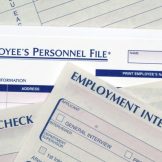Is Your Office Ready for the Post-COVID Crowds?
Just because people will be back, doesn’t mean they’ll be ready to sacrifice any of the speed or convenience to which they’ve grown accustomed. People now expect a certain level of service — and there’s plenty of technology available to make it happen.










